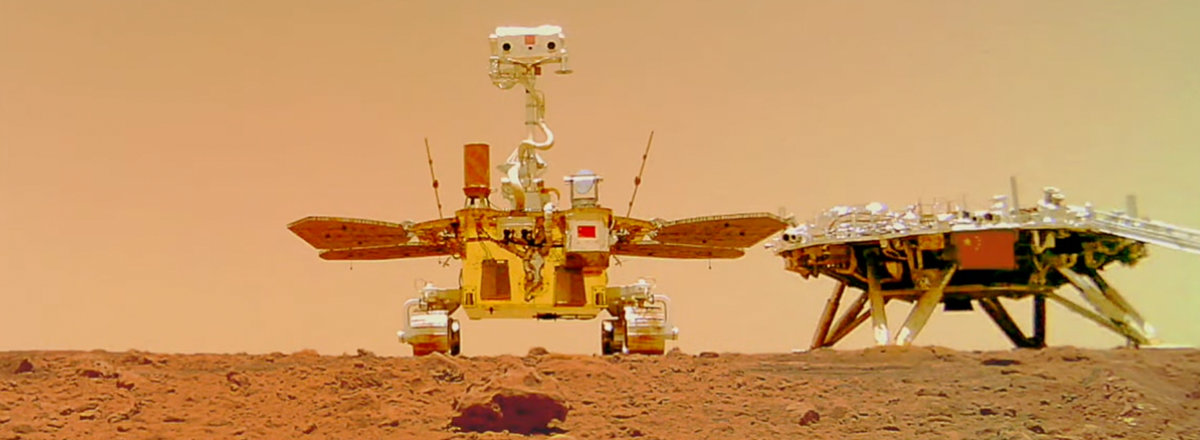China's Zhurong Rover Detects Mysterious Subsurface Polygons on Mars
Equipped with a ground-penetrating radar system, Zhurong scanned the Utopia Planitia region on Mars, revealing a series of irregular polygonal wedges buried approximately 35 meters below the surface.

China's Zhurong rover has detected mysterious polygonal structures buried beneath the Martian surface, providing potential insights into the planet's history and the possibility of past water and life. Equipped with a ground-penetrating radar system, Zhurong scanned the Utopia Planitia region on Mars, revealing a series of irregular polygonal wedges buried approximately 35 meters below the surface.
These polygonal structures, ranging from centimeters to tens of meters across, are believed to have formed billions of years ago due to freeze-thaw cycles on Mars. However, researchers also consider the possibility that they could be volcanic formations resulting from cooling lava flows.
The significance of this discovery lies in the potential implications for Mars' past climate and the existence of water. The polygonal landscape indicates a cold environment and suggests significant climate changes in the planet's history. The presence of water and ice required for freeze-thaw processes in the polygons could be attributed to factors such as cryogenic suction-induced moisture migration, snowfall, or vapor diffusion.
Zhurong, which landed on Mars in May 2021, conducted extensive research during its mission, including ground-penetrating radar surveys. While its primary mission duration was three Earth months, the rover successfully operated for over a year before entering a planned hibernation phase, with no communication since May 2022.

